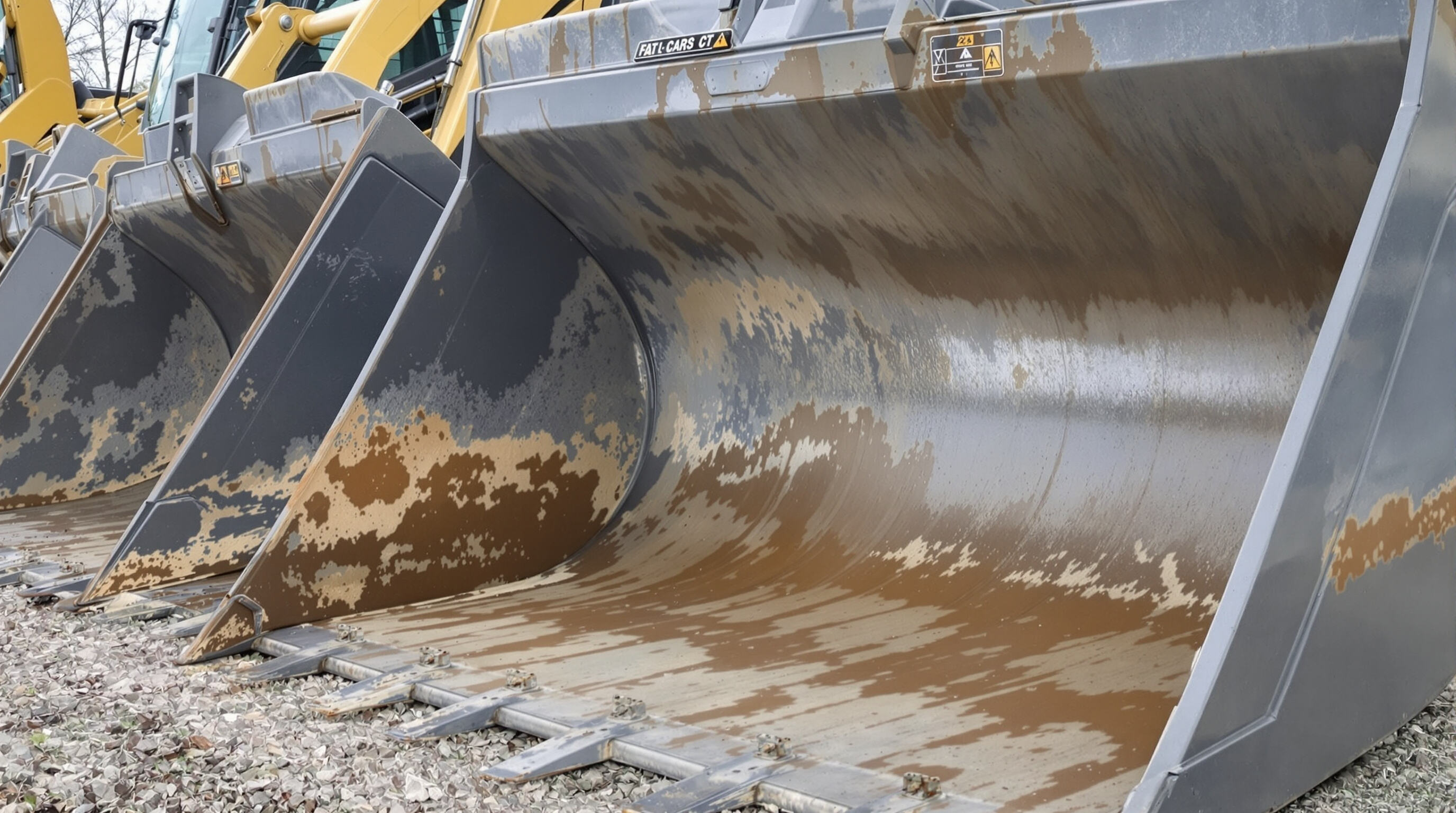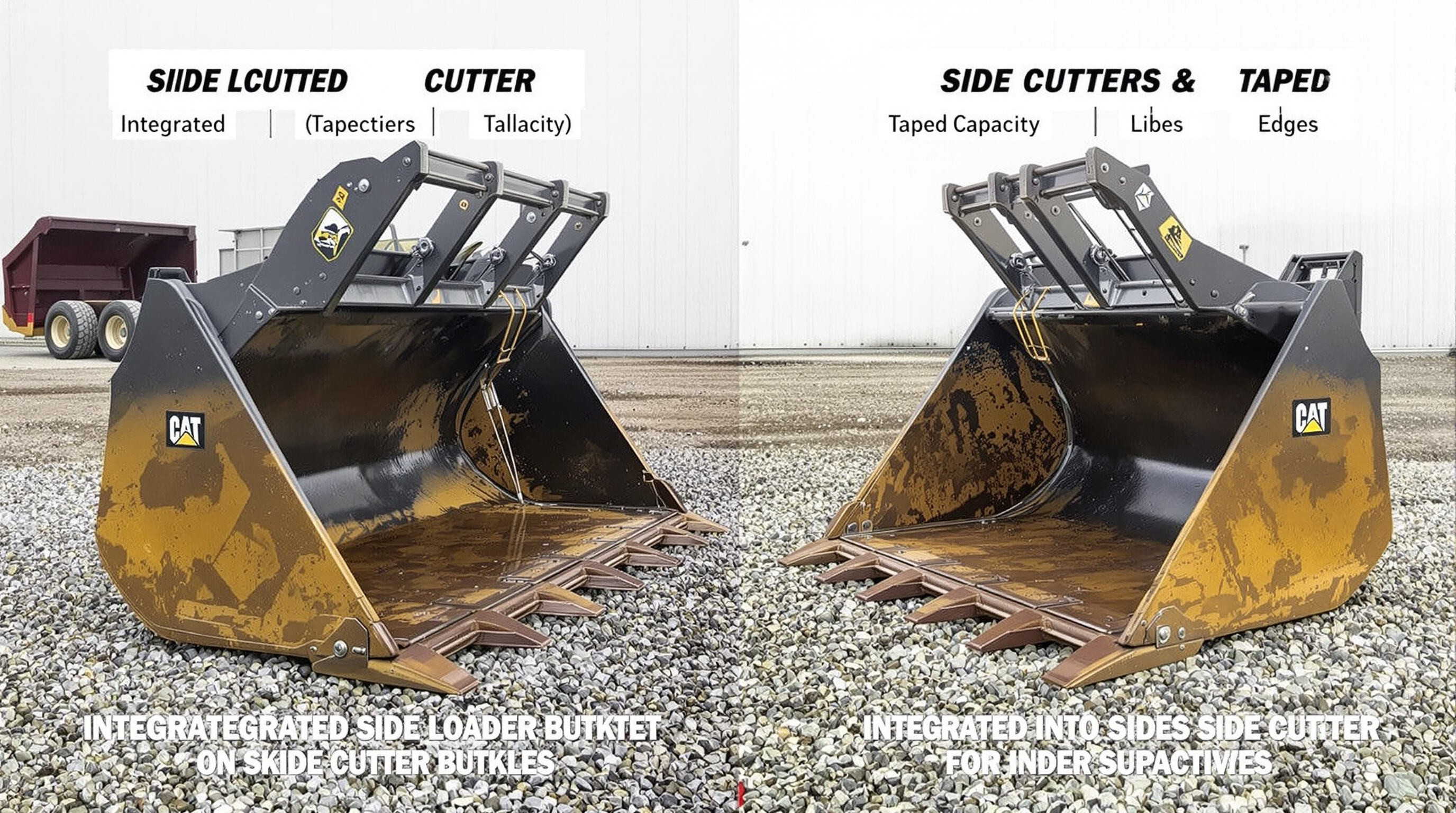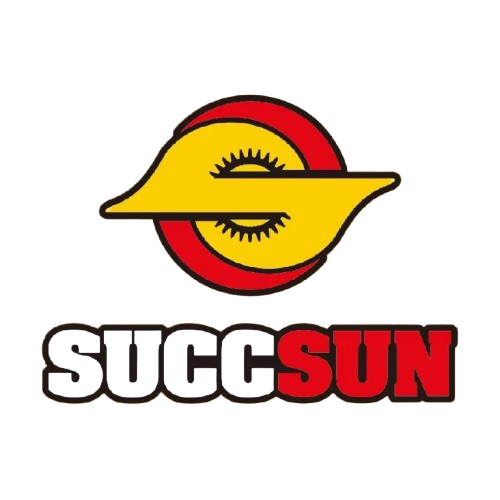Match Skid Loader Attachments to Job Applications and Site Conditions
Matching Skid Loader Attachments to Digging, Loading, and Spreading Tasks
Rationem aptam adiunctis ad id quod agendum est efficere omnem differentiam operis perfacile conficiendi. Scoopae vulgares praestant bene ad removendum sicut terram et lapillos in operationibus onerandis, dum tamen forfices speciales palautilis sunt ad movendas sarcinas suppellectilis. Cum opus est spargere corticem vel nivem purgare, adiuncta propulsoria cum inclinatione regolabili sunt valde utilis. Numeri quoque hanc rationem confirmant: homines qui aperiunt superficies cum scoopis inclinatis vice regularium circa 28% minus tempus in emendationibus despendunt, ut in recens examine de machinis anno praeterito repertum est. Talis conservatio temporis in multis operibus accumulatur.
Applicationes Definiens Secundum Locum, Materiam et Magnitudinem Operis
Aestima tres praecipuos factores:
- Terra : Loca declivia adiunctis cum infimo centro gravitatis requirent ut stabilitas teneatur
- Densitas materiae : Argilla gravis requiret phialas renforzatas cum chalybe AR400 ½â€, dum tamen mulch levis opus est cum textura 3/16â€
- Magnitudo operis : Diuturna opera viae iustificant instrumenta specifica ad gradationem, dum opera brevia hortorum fortasse solummodo eget utensilibus simplicibus ad fodendum
Quomodo conditio loci operis influat in electionem adiunctorum ad onerandas machinas
Conditiunculae palustris proficiunt a machinis currutatis et phialis ad modum costarum quae vescuntur a turgentia. In spatiis angustis urbium, phialae angustae 48†melius agunt quam typi normales 60†ad mobilitatem. Terrae petrosae postulant adiuncta cum laminis exstetibus inter se mutabiles, quae vitam usus extendunt 40–60% longius quam in structuris non refortibus.
Explora typica et specialia genera adiunctorum ad onerandas machinas secundum functionem
Differentiae inter phialas ad terram, ad usus multiplices, ad nivem, et universales ad onerandas machinas
Plurimi qui skid steer operantur sentiunt, quod fere 80% eorum cotidianorum operum per vulgata vasa conficiuntur, licet multae varietates sint prout opus est. Pro fodiendo terram tractandisque materiis saxisque incohaerentibus, vasa terraria cum capacitatum inter sex et octo pedes cubicos sunt parietibus lateribusque fortioribus instructa, quae omnia cohaerere iubent. Vasa utilitaria inter media magnitudine versantur et cum iis marginibus sectilibus sunt, quos mutare facile est, cum usi sunt, ut nummos conservent. Cum bruma advenit, vasa nivaria ex plastico levi fiant, quae forma curva praedita sunt, quia hydraulica minus premuntur dum per nivem altam propelluntur. Sunt etiam illa vasa multiplex usus, quae inter tenendum materiam et eam solvendam e solo compresso aequilibrium perfectum tenent. Haec vasa laboriosa ab operibus simplicibus ad tollenda omnia genera fragmentorum in aedificiorum locis dispersa omnia administrant.
Attachmentes speciales: Saxa, Sceleti, et Cisternae Altiores pro Laboribus Difficilibus
Genera cisternarum diversa solvunt problemata locorum operis specificorum efficaciter. Exempli gratia, cisternae saxorum sunt constructae e dentibus ex ferro AR400 spissitudinis dimidiae unciae, intervallo duarum ad tres uncias inter se dispositis. Haec structura retinet saxa dum detritus minor perforat, quod maxime refert cum emendantur loca turbata. Deinde cisterna sceletonis cum plano inferiore cuius fere 60 percent spatia aperta sunt, optima ad aerem in terras compactas introducendum. Etiam sunt cisternae altius elevantes quae materiam tollunt circiter 30 percent altius quam cisternae communes, quod imprimis iuvat ad vehicula celeriter oneranda. Relatum est a custodibus has attachmentes speciales solere minuere tempus in elaborando terreno aspero circiter quartam partem, secundum experimenta in variis locis aedificatorii.
Cisternae pro Concreto et Stirpibus: Dispositiones Optimaliter Adaptatae pro Materiae Specificis
Geometria specifica ad talem rem meliorem reddit. Cistae concretariae parietes rectos et ferrum 0.375" resistentis abrasionis habent ad liquamen continendum dum infunditur. Cistae pro stirpibus combinent formam cunei cum dentibus 1" mutandis ad extrahendos radices. Fabricatores Analysi Elementorum Finitorum (FEA) utuntur ad angulos cistae perficiendos, qua de causa 15–20% minus opus hydraulicum erit dum gravia tolluntur.
Cistae pro Stirpibus et Prehensoriae ad Terram Purificandam et Manipulationem Rerum Inutilium
Praedita cum attollis elevatae tenacitatis, loaders skid steer efficiuntur in instrumenta potens pro opere silvatico. Aethera radicum cum his laminis longis acuminatis, quae inter 24 ad 36 uncias subterraneas radices secant interdum cum grappulis, quae tenere possunt inter 2000 usque ad 4000 libras tenendi vim. His instrumentis, operatores possunt purgare fere dimidiam iugera silvestris stercus singulis horis, quod est bis quidquid plerique excavatores conventionaliores perficere possunt. Haec machinae praebent grappulos biceps cylindri qui teneant firmiter etiam cum formis incommodis materiae, etiam praeservare iuvant hydraulica systemata a damno per vim minuendo onus in levationibus gravibus.
Aestima Qualitatem Aedificii et Perdurandi Caracteres in Attollis Loader Skid

Durabilitas adiuncti loaderis impedit directe expensas operationum — defectus machinarum 14 000 $ per incidentiam mediocrem costant apud negotia constructionis (Equipment World 2022). Concentrare in tribus indicibus principalibus cum qualitate perpenditur.
Gradus ferrici, Densitas, et Refortificatio ut Indicia Durabilitatis Adiuncti
Ferrum duratum AR400 vel T1 melius 35% praebet quam ferrum molle. Densitas parietis cunei congruere debet applicationibus quaesitis:
- 1⁄4” (6,35 mm) pro negotiis levis oneris
- 3⁄8” (9,5 mm) pro constructione generali
- 1⁄2” (12,7 mm) pro excavatione metallorum
Refortificatio transversa minuit concentrationem stressus usque ad 40% magis quam designa unius laminulae (ASABE 2023).
Barras Lusoriae et Marginem Gradantis: Producendo Vitam Usus Per Designa Sapientia
Barras lusorias opportunune positas minuunt usum marginis cunei 60% cum tractantur materiae lusoriae sicut lapillus. Dentes gradantis mutabiles 2–3 tempora diuturniores sunt quam margines fixi, dimidiantes expensas annuas refractionum 28% (Construction Attachment Journal 2024).
Studium Casus: Securis Ferrea Praemii vs. Securis Ferreae Ordinariae in Usu Diuturno
Tertii studium de 75 operariis aedificandi annis invenit:
| Securis Praemii | Vascula Ordinaria | |
|---|---|---|
| Frequentia Substitutionis | Omnibus horis 1850 | Omnibus horis 1200 |
| Annuos Reparationis Costus | $420 | $740 |
| Horae Inutilis/Anno | 14 | 27 |
Operarii securis ferreis induratis usi sunt 22% plus efficacitatis propter constantem operationem (Rapportum de Efficientia Constructionis Universitatis Iowae 2023).
Aestima Caracteres Designis Securis Quae Efficientiam Tracturae Lateralis Augent

Capacitas Securis et Sectores Laterales: Augendo Efficiencia et Praecisione
Dimensio cunei ad idoneam magnitudinem pro vehiculo corripundum valent sane ad efficientiam. Si proprie iunctum cum systemate hydraulico machinae, operatores vere tempora cycli minuere possunt circiter 18 ad 22 percenta. Nimis magnum tamen ire periculum graves equipamenta onerandi. Nimis exiguum iterum ire necesse est, ad opus conficiendum. Nunc de lateribus integratis sectonibus loquamur. Haec additamenta parva sunt quae differunt in creandis fossis rectioribus dum postea opus ulterius diminuitur. Et de marginibus angustatis quid? Experientiae in campo ostendunt eos praecisionem gradus augere circiter 30% cum generibus soli laxi tractantur, praeterea materiem a effluendo durante operatione retinent. Intellegitur cur multi conductores hodie attachmentes suas renovare studeant.
Visibilitas et Flexus Gradus: Ergonomica et Functionalis Designatio
Profili inclinati ad meliorem prospectum operatorum 25–40% praebent, quod necessarium est ad operas iuxta structuras vel utilitates. Flexura declivis—lamina inferiore ad angulum anteriorem—fluxum materiae dum retrorsum agitur promovet, vim retistentis et usum carburis minuendo. Etiam accumulationem terrae in materialibus cohaerentibus prohibet, praestantiamque per longas operationes servat.
Cista Curvata Plena vs. Cista Marginis Recti: Compensatio Praestantiae in Usu Realis
Designum curvum harum palearum vere elucet cum de rebus organicis agitur, ut radicibus et saxulis, minuens halteres molestos circiter dimidio secundum nostram experientiam. Figura rotunda etiam significat nos posse movere circiter 15 percentum plures lapides rhenos quotiens per cyclum eamus. Ad opus quod margo acutus indiget, ut emendatio asphaltes vel ultimatio operis terrae, paleae margo recto certe sunt via procedendi. Meliorem contactum superficiei efficiunt et saepe ad mensuram quartae unciae exactitudinis perveniunt. Mercede facta a iis qui eas experti sunt, fere 20% temporis in opere iterato salvatur durante ultimatione, quod in multis proiectis accumulatur.
Symbrae Compatibilitatis et Rectae Distributionis Inter Machinam et Applicata
Conveniunt Ponderis et Magnitudinis Apparatus ad Capacitatem Skid Loaderis seu Compactoris Vagantis
Serva 80–90% capacitas machinae ad levandum pro operatione tuta et efficaci (Institutum Securitatis Apparatum 2023). Nimis magnae aut graves adiuncta strain hydraulicas, efficaciam minuentes usque ad 23%. Semper verifica specifica contra manuale apparatus, combinationibus praefereundis quae stabilitatem in pendiciis et solo inaequali servant.
Cavendo Ne Quis Nimis Investiat: Congruentia Potestatis Adiuncti Cum Nivello Machingae
Usurae medii ponderis impulsores laterales cum iis majoribus adiunctis ad altiorem fluxum destinatis, quae pro instrumentis publicis comparantur, vere minuunt eorum vitae spatium circiter 18%, uti a Construction Equipment in 2023 editum est. Cum domibus vel parvis agris laboratur, adiuncta eligantur quae cum systematibus hydraulicis inter 1500 et 2500 psi rationabiliter fungebuntur. Illa autem modela substructa sunt mirifica pro applicationibus industrialibus diei et noctis ubi durabilitas praecipue valet. Sed uti verum fateamur, qui hi machinas solum per tempora agunt et minus quam 200 horas singulis annis computant, non omnino pecuniae suae fruuntur propter omnem illam extram substructionem.
Systemata Universalis vs. Systemata Proprietary: Comparabilitas et Flexibilitas
Nunc plerique frontales trahentes sunt instructi tabulis celeriter alligandis secundum normam ISO propter recentes relationes de industria. Sed hic est nodus: multi operatores difficultates incurrunt cum systemata hydraulica inter machinas non congruunt. Indagine Systematum Montandi 2024 investigavit et repperit circa tertiam partem omnium problematum de coniunctione ex hoc ipso problemate nasci. Adiuncta universalis certe iuvant cum cum variis generibus operatur, licet non satis exacta sint pro operationibus gravioribus, ut operatio freonis frigidi vel forationis helicis. Si quis curat grex vehiculorum cum variis generibus loaderum, rationabile est inpendere in alligationibus cum spatiis coniunctivis regulabilibus et etiam clavis additis ad tutitudinem. Haec parva particularia omnem differentiam faciunt cum omnia secure alligata retinere conaris, nescius quae machina specifice utatur in quovis die.
FAQ
Quae sunt capita considerationis cum alligationes frontales trahentes pro opere eliguntur?
Praecipua momenta includunt loci terreni, materiae densitatem, et magnitudinem operis. Unumquodque horum momentorum typum adiuncti necessarii pro iis quae sunt ad efficiendi et tuti in opere determinabit.
Quomodo alii generis cistae difficultates loci operis specifici tractant?
Unusquisque cista generis, ut sunt saxorum, exilis, aut alta effossione, ad certas difficultates loci operis, ut tractatio terreni saxosi, solum concreti, aut altiorem onerandi facultatem, superandas comparata est. Designia specialia profectum augent et tempus elaborationis minuunt.
Quomodo possum durabilitatem adiunctorum meorum ad vehiculum praecavere?
Ut durabilitas conservetur, in gradum ferrum et crassitiem, in schemata roboranda, in listas usus loco opportunis, et in partes mutabiles, ut sunt dentes rotorii, quae diuturnitatem operis extendunt et minuunt elaborationis sumptus, incumbendum est.
Quomodo magnitudo adiuncti operationem vehiculi afficit?
Magna copulata dimensio efficit negotium, quod aequilibrium inter copulata et hydraulica systemata custodit. Copulata nimis magna systemata onerare possunt, copulata autem parva plures iter necessaria sunt ad opus perficiendum.
Quae est differentia inter systemata copulandi universalis et systemata ad marcas speciales?
Systemata copulandi universalis cum omnibus generibus conveniunt, systemata vero specifica ad genera singula accommodata sunt, quae ad operationes summae praecisionis necessaria sunt.
Index Rerum
- Match Skid Loader Attachments to Job Applications and Site Conditions
-
Explora typica et specialia genera adiunctorum ad onerandas machinas secundum functionem
- Differentiae inter phialas ad terram, ad usus multiplices, ad nivem, et universales ad onerandas machinas
- Attachmentes speciales: Saxa, Sceleti, et Cisternae Altiores pro Laboribus Difficilibus
- Cisternae pro Concreto et Stirpibus: Dispositiones Optimaliter Adaptatae pro Materiae Specificis
- Cistae pro Stirpibus et Prehensoriae ad Terram Purificandam et Manipulationem Rerum Inutilium
- Aestima Qualitatem Aedificii et Perdurandi Caracteres in Attollis Loader Skid
- Aestima Caracteres Designis Securis Quae Efficientiam Tracturae Lateralis Augent
- Symbrae Compatibilitatis et Rectae Distributionis Inter Machinam et Applicata
-
FAQ
- Quae sunt capita considerationis cum alligationes frontales trahentes pro opere eliguntur?
- Quomodo alii generis cistae difficultates loci operis specifici tractant?
- Quomodo possum durabilitatem adiunctorum meorum ad vehiculum praecavere?
- Quomodo magnitudo adiuncti operationem vehiculi afficit?
- Quae est differentia inter systemata copulandi universalis et systemata ad marcas speciales?


